
Toe box taper—the narrowing of a shoe from the ball of your foot to the ends of your toes—is one of the most harmful features of conventional footwear. It's difficult to find a pair of shoes or boots (or even sandals) that are wider at the ends of your toes than the ball of your foot. Most shoes and boots, including athletic models, force your toes into a wedge position that compromises foot health, form, and function. Tapering toe boxes have long been accepted as the norm in footwear, as most consumers (and many manufacturers and even doctors) are unaware of the injurious effect of this design feature or the importance of the toes in overall foot health.
Problems Caused by Tapering Toe Boxes
Possible problems associated with tapering toe boxes include athlete’s foot, blisters, bunionettes, bunions, corns and calluses, crooked toes, fungal toenails, hammertoes, ingrown toenails, lower extremity tendon imbalances, neuromas, plantar fasciosis, runner's knee, sesamoiditis, and shin splints. Note that these lower extremity problems occur only rarely in unshod cultures, or populations who go shoeless. They are exceedingly common in our conventional shoe-wearing culture. Toe box taper is the principle underlying cause of these conditions, but few healthcare professionals educate their patients about the hazards of this common shoe design feature.
Considerations for Children
Because toe box taper causes toe deformities over time, including the loss of normal toe spacing, and because toes are critical to propulsion, balance, and overall foot health and function, it is crucial that children avoid shoes with this problematic design feature. If you’ve ever examined the foot of a child, especially a baby, you may have noticed that the widest part of his or her foot is at the ends of the toes. This foot shape, along with foot health and function, can be maintained throughout life if it is not altered by tapering toe boxes during a child’s formative years and beyond. The toes of a child who wears shoes with tapering toe boxes get pushed into an unnatural—and injurious—configuration, and this can lead to a lifetime of foot problems, unless steps are taken to preserve foot health early on in life.
Let Your Toes Spread!
Most shoe-wearing people begin to lose toe function early in life, due in large part to the consistent and prolonged use of shoes with tapering toe boxes. Abnormal gait, toe deformities, and knee, hip, and back pain often appear next. It makes sense, then, to use shoes that allow your toes to spread and that position your toes as close to the ground as possible. Toe box taper is one of the leading design criterions we at Natural Footgear consider when selecting shoes to stock.

WANT TO IMPROVE YOUR FOOT HEALTH?
Let the team at Natural Footgear help you! Subscribe to our newsletter for the latest offers and helpful info, and sign up for our FREE email courses on various topics and foot health conditions.
Sign Up →
Want to Improve Your Foot Health?
We are here to help you every step of the way. Get our newsletter for the latest offers and helpful info, and sign up for our FREE email courses on various topics and conditions, including bunions, hammertoes, neuromas, plantar fasciosis, shin splints, ingrown toenails, and more.
Sign Up →
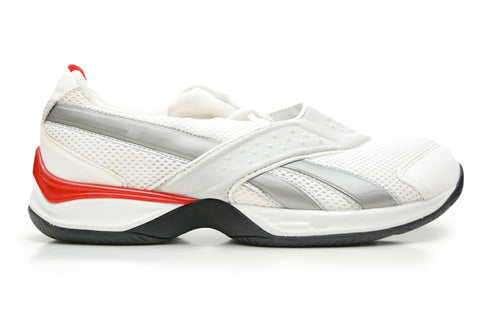 Heel elevation is a design element present in almost every shoe, from dress shoes to work boots to running shoes, though there is little (if any) compelling evidence to account for its inclusion in shoes or other footwear. Most people in the United States and other parts of the world begin wearing shoes when they learn to walk, some even before. Almost all shoes, including children’s shoes, possess heel elevation,...
Read more
Heel elevation is a design element present in almost every shoe, from dress shoes to work boots to running shoes, though there is little (if any) compelling evidence to account for its inclusion in shoes or other footwear. Most people in the United States and other parts of the world begin wearing shoes when they learn to walk, some even before. Almost all shoes, including children’s shoes, possess heel elevation,...
Read more



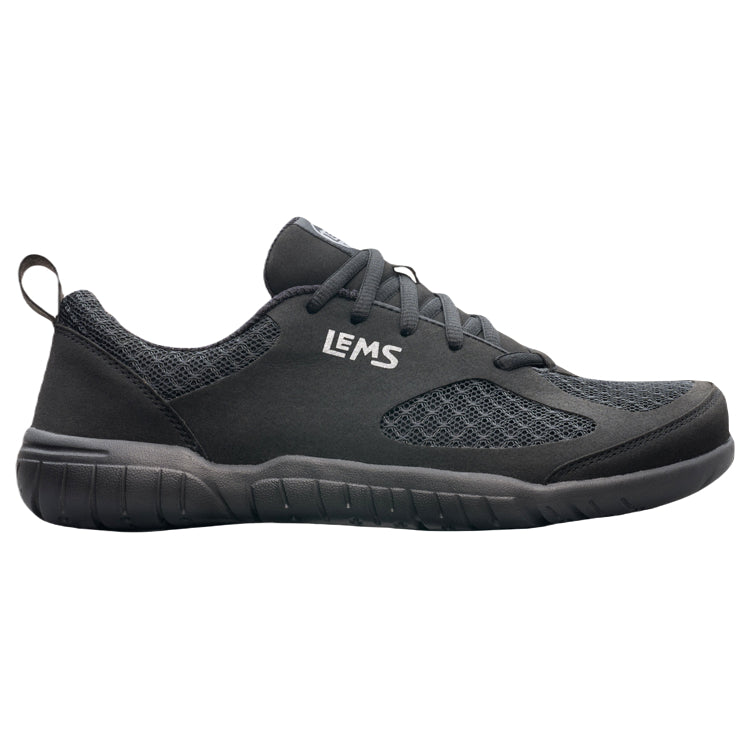
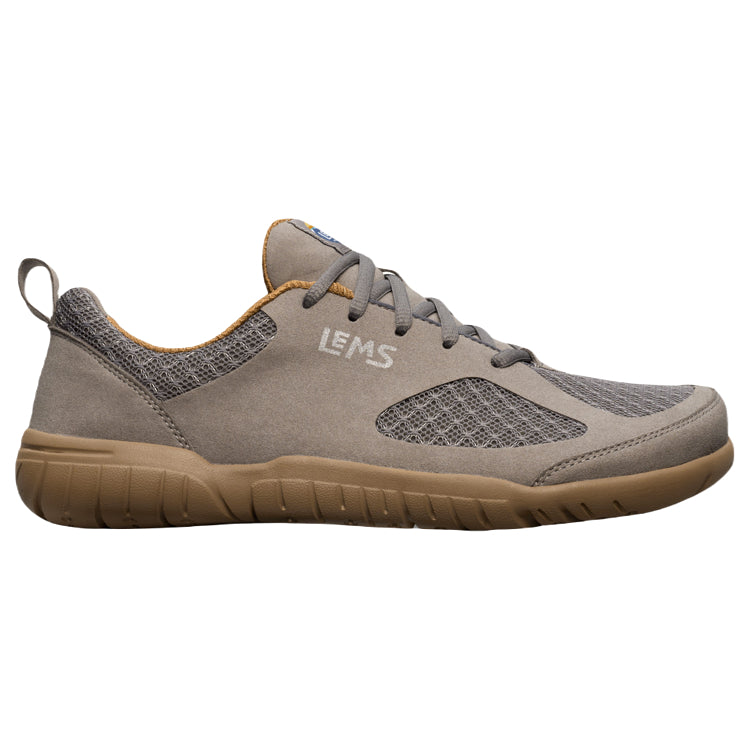
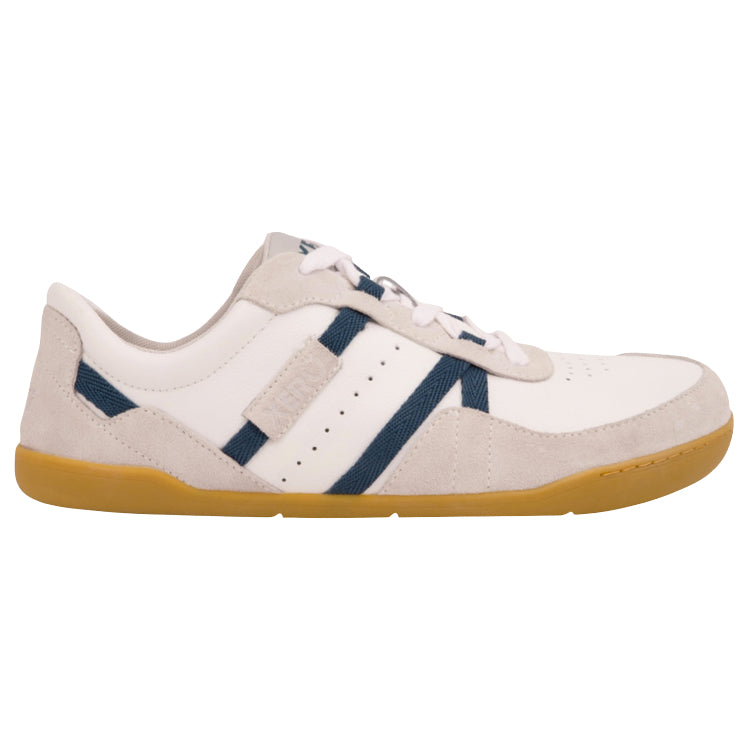


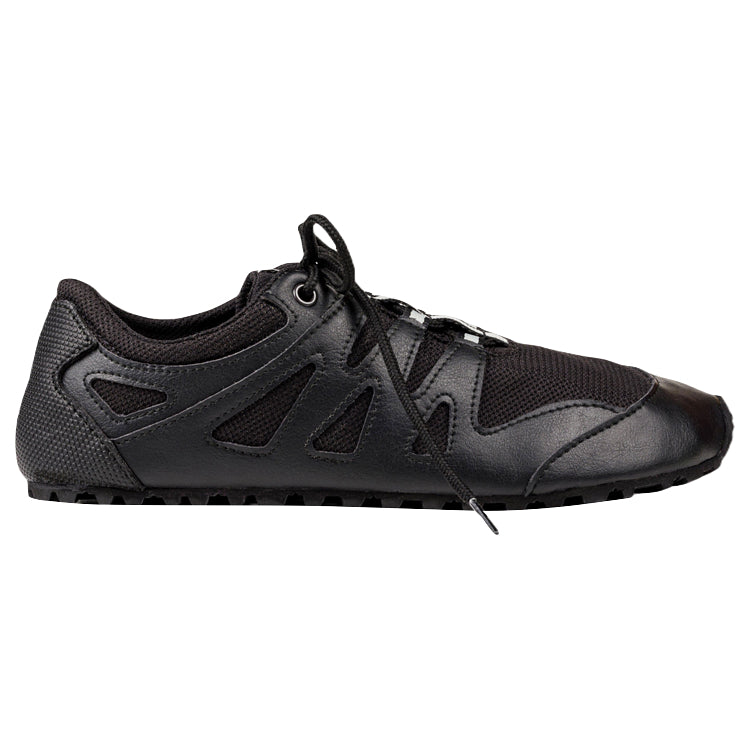



Dr. Robyn, what do you recommend for insulated winter boots? How about hiking boots?
Greetings, Muhammad,
Thank you for your questions! It’s really difficult to find an insulated winter boot that conforms to our criteria for foot-healthy footwear. One of the best bets, and something that covers both things you asked about, is the Lems Boulder Boot:
www.naturalfootgear.com/pages/lems-boulder-boots
The Boulder Boot can be paired with a warm wool sock on cooler days and makes for a really good hiking boot. Another great option for hiking is the Astral Hiyak, which offers amazing traction on slippery surfaces.
I hope this info is helpful!
Cheers,
Robyn Hughes, ND
Please encourage the manufacturers of the shoes you feature to make their shoes in different widths. My feet, though medium in length for a woman, are very wide—4 inches across the ball of my foot—and even men’s shoes are often too narrow for me.
The only ones among your selection that fit me are the Altra (men’s size 8) with the mesh top. I tried a pair of Altra hiking boots, but the more rigid uppers made them too tight.
Feet come in a variety of widths, and so should shoes!
Hi, Karen,
Thank you for your message. We’re sorry to hear that you’re having trouble finding sufficiently wide shoes!
We highly value your feedback, and we’ll do our best to pass along your request to the various manufacturers. A couple of additional options for you from our site that might work for your feet include:
The Altra Vali (an everyday shoe with an engineered mesh upper):
www.naturalfootgear.com/collections/womens-altra-shoes
The Ahinsa Ananda Ballerina (a foot-healthy barefoot dress shoe):
www.naturalfootgear.com/products/ahinsa-ananda-ballerina-black
We’d be happy to take your measurements and help you determine some other options. If there’s anything else we can help with, please do let us know!
Kind Regards,
Andrew Potter
Dr. Robyn, what do you recommend for a foot-healthy men’s dress shoe? Thank you!
Hi, Kyle,
Thank you for your comment. I’m happy to provide suggestions!
Our best option for a men’s dress shoe is the Lems Nine2Five (see links below). The Nine2Five has a foot-healthy shape and comes in black and brown leather:
www.naturalfootgear.com/products/lems-nine2five-black
www.naturalfootgear.com/products/lems-nine2five-mocha
Other brands you might consider researching include Ahinsa and Vivobarefoot.
I hope this information is helpful. If there’s anything else I can help with, please just let me know!
Kind Regards,
Robyn Hughes, ND
This is great information. You mentioned that conventional footwear is harmful to the development of an infant’s feet. Do you have recommendations for toddler/children’s shoes that aligns with your recommendations?
Also, are there any hiking boots you recommend that are not Lems? I would love to get these boots, but they are not waterproof and I live in a rainy/snowy area most of the year.
Hi, Laura,
Thank you for your kind words! In our experience, Softstar shoes have some of the best foot-healthy options for toddlers and kids. You can find their options at the link below:
www.softstarshoes.com/kids/baby-toddler-shoes.html
Wildling Shoes are also worth a look:
www.wildling.shoes
One possible option for waterproof hiking boots is the Kuuva 4 boot by Feelmax. Alternatively, many of our customers have had great results using an aftermarket product such as Nikwax to waterproof their Lems Boulder Boots, so you might want to give that a try:
www.nikwax.com/en-us/productselector/waterproofing.php
If you don’t think that will work, you can also check out Altra’s line of Neoshell trail runners. You can view those here:
www.altrarunning.com/search?q=neoshell
I hope all of this info is helpful for you. If you have any questions moving forward, please just let us know!
Kind Regards,
Andrew Potter
Hi!
If you do happen to have shoes that have slightly tapering toe boxes, can you wear Correct Toes to mitigate the effects, especially if a bunion is present?
Thank you!
Hi, Morgan,
Thank you for your question. It’s a really good one!
In our experience, we’ve found that it’s counter-productive to wear Correct Toes inside any type of footwear with a tapering toe box (slightly tapering or otherwise). Correct Toes must be used in combination with footwear that possesses a sufficiently wide toe box to accommodate the spacers without there being any pinching of the spacers.
I recommend performing the Shoe Liner Test, which ideally is performed while wearing your Correct Toes, to get a better sense of whether or not your current shoes will accommodate the toe spacing device:
www.naturalfootgear.com/blogs/education/17914692-shoe-liner-test-pronation-explained
If you have any other questions, please do let me know!
Kind regards,
Marty Hughes, DC
The wide toe box is so important. When I wear a wider shoe when skateboarding, I feel in control and definitely more confident. I have rolled my ankle way too many times because my toes and feet were crammed into a tall, thick, heavy, narrow shoe. New Balance Numeric 212 is the best I’ve found. Very wide toe box—my toes can breathe! Wish I knew about this when I was in my teens. Better late than never. Great info.
We couldn’t agree with you more, Chauncey! A wide (and healthy-foot-shaped!) toe box is absolutely vital to optimal foot health, and it can make a huge difference for athletes of all types.
Cheers!
Robyn Hughes, ND